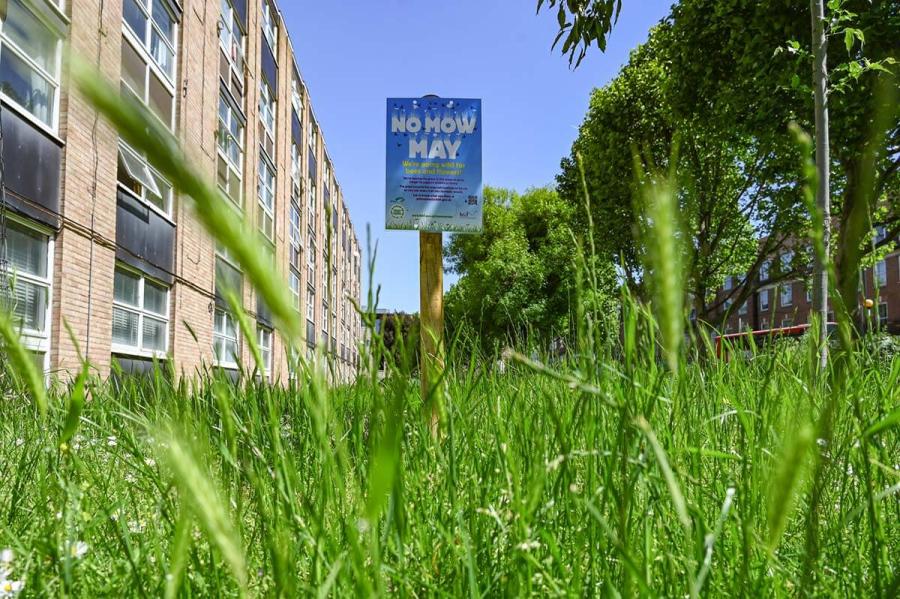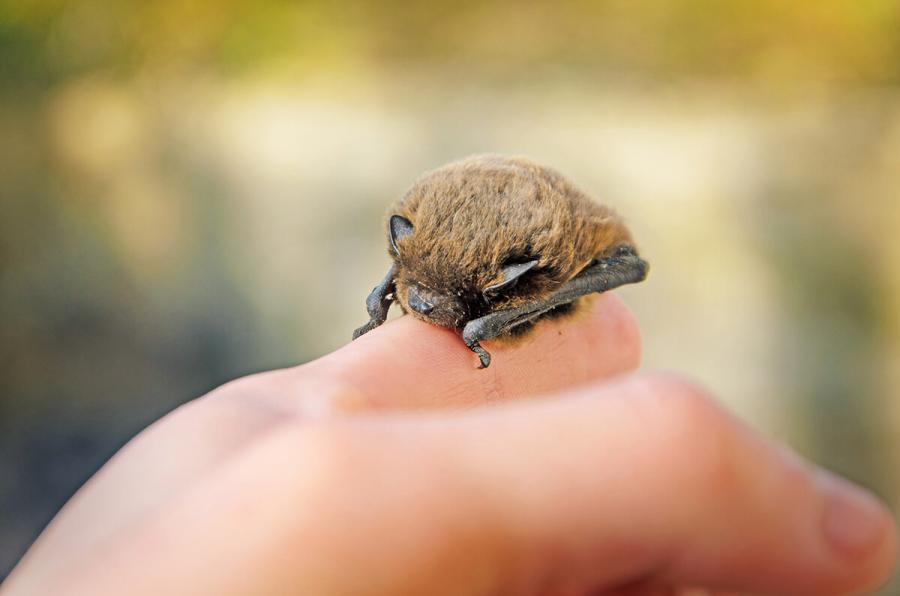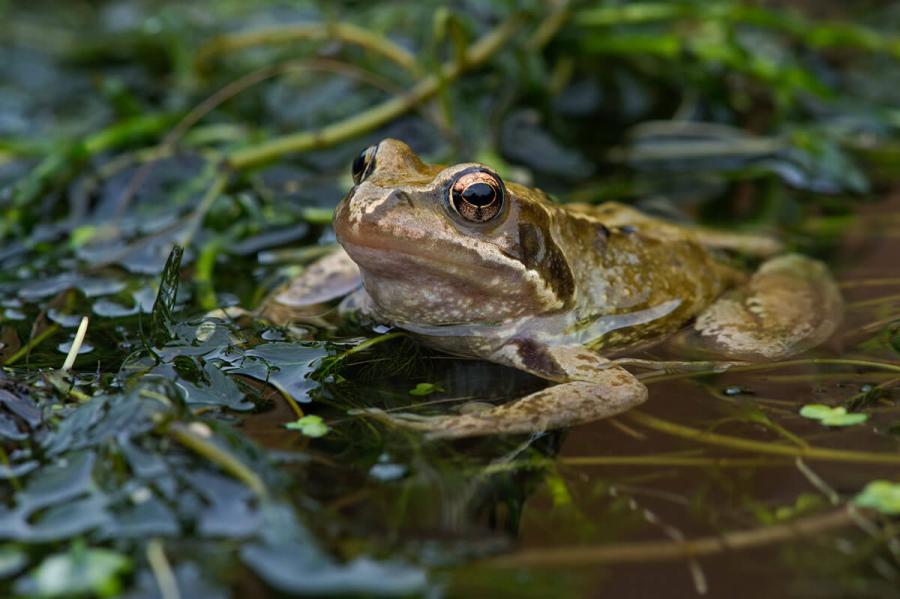
What is No Mow May?
Every May, we ask our contractors to stop mowing our parks, road verges and other open spaces to boost biodiversity by letting wildflowers bloom.
Increasing the quality and quantity of natural habitats – such as long grass areas – is one of the actions we're taking to protect our local biodiversity.
Greening our borough helps us:
- support local wildlife by making space for plants, pollinators, invertebrates, birds, amphibians and bats to thrive
- flood-and-drought-proof these areas and improve the quality of the soil
- improve residents' health by cleaning the air we breathe.
We encourage residents to join us and make space for plants and insects at home. You don't need a lawn to get involved. Visit our Rewilding Raves webpage for tips on how to take action at work, at home or with your neighbours.
Visit the Plantlife website throughout May for more information and guidance, including how-to videos with grasslands experts and lawn plant ID help from wildflower specialists.
Find out more about the Plantlife charity's national umbrella campaign.
Plantlife national umberella campaign
No Mow Meadows
To create even more green spaces for bees, plants and insects across Hammersmith & Fulham, we are leaving designated areas in our parks and open spaces wild for wildlife all year around.
We are carefully managing these areas and will keep the margins of these areas mown so that they can be easily identified and enjoyed by all park users.
H&F locations participating in No Mow Meadows 2024:
Meet the H&F residents who love our long grass
Species commonly found in Hammersmith & Fulham's parks and open spaces.
Gatekeeper, Butterfly

The Gatekeeper is one of 23 species of butterflies who call Hammersmith & Fulham their home.
Female Gatekeepers don't 'lay' their eggs but fly over long grass areas in summer and drop their eggs from the sky. These eggs can take up to three weeks to hatch, and the caterpillars hibernate in these patches of grass over winter.
They feed on grasses until late May, where they then pupate and become beautiful butterflies, repeating the cycle each year.
Common Pipistrelle, Bat

The Common Pipistrelle is so small it can fit into a matchbox.
Common pipistrelles can eat up to 1,000 midges in one night – the tiny biting insects that are infamous in Scotland but are here in London too.
Our bats can only keep the midges and mosquitos away if they have enough stable food throughout the season, and long grass habitats help them find this stable food source.
Common Frog, Amphibian

The Common Frog is an H&F resident that can be frequently found in long grass.
Commonly thought of as pond animals, they actually spend a lot of their adult life on land, and long grass is essential for them to find shelter and food.
Get involved
If you have your own garden or allotment, consider leaving some or all of the grass areas unmown for nature and definitely avoid using fake grass.
If you would like to request that an access path is mown to a grave, you can email parks@lbhf.gov.uk and find out more on our cemeteries webpage.
For questions and support, email the H&F ecology team at ecology@lbhf.gov.uk